Cleaning the Bosch washing machine pump
 After washing, the waste water must leave the washing machine tank and go down the drain, thereby completing the cycle. But if the pump is clogged, the drainage will be disrupted - the machine will remain with a full drum and will display a system error. To restore the functionality of the equipment, you will have to carry out unscheduled drainage cleaning. Almost anyone can clean the drain pump of a Bosch washing machine. You just need to follow simple instructions.
After washing, the waste water must leave the washing machine tank and go down the drain, thereby completing the cycle. But if the pump is clogged, the drainage will be disrupted - the machine will remain with a full drum and will display a system error. To restore the functionality of the equipment, you will have to carry out unscheduled drainage cleaning. Almost anyone can clean the drain pump of a Bosch washing machine. You just need to follow simple instructions.
Is this really a drain pump?
A dirty pump is not always to blame for the lack of proper drainage on Bosch. It is also difficult to empty the tank if there are blockages in the pipes, hoses, volute and filter. The “symptoms” are identical in all cases; it is difficult to immediately determine the location of the breakdown. For an accurate “diagnosis”, it is necessary to check all the “sore points” of the drainage one by one.
First, we try to “reboot” the system by reactivating the “Drain” mode. If the machine does not react, then we proceed to diagnostics. The sequence of actions is as follows:
- remove the technical hatch door in the lower right corner of the case (use a slotted screwdriver and press the latches);
- find the garbage filter cover - a black or blue round plug;
- tilt the machine back, place a container under the filter to collect water, and lay rags around it;
- grab the protruding part and start twisting (clockwise);
Be ready! When you unscrew the filter, water will flow out of the machine!
- take the nozzle out;
- inspect the “spiral”, clean it from adhering debris.

If the garbage filter is not very clogged, then you need to continue checking the drainage. Next in line is the pump snail.You will need to shine a flashlight through the hole freed from the spiral and try to detect lumps of dirt or foreign objects. It is recommended to clean the entire “tunnel” of plaque at the same time.
Then we check the pump impeller. Hair and threads often wrap around its blades, blocking the movement of the mechanism. To identify the blockage, insert a screwdriver into the hole and try to spin the wheel. If the screw does not budge or, on the contrary, dangles freely, then the pump needs to be cleaned. You will need to remove the device and clean it.
Finding the problematic part
It is impossible to get to the pump on Bosch washing machines through the bottom. There is only one way - remove the front panel, and only then remove the pump. The procedure is more complicated, but if you follow the instructions it will not take much time. The algorithm is like this:
- unhook the technical hatch door from the body;
- remove the powder receptacle (pull the tray towards you until it stops, then press the special “tab” and pull it out completely);
- Unscrew the screws hidden under the tray;
- unscrew all the fasteners holding the dashboard and remove it;
- open the hatch, feel the outer clamp on the cuff, loosen it and remove it;
- tuck the edge of the rubber seal into the drum (there is no need to tighten the cuff completely - putting it back in place will be problematic);
- disconnect UBL from the machine;
- loosen all the bolts securing the end panel;
- disconnect the front wall from the housing.
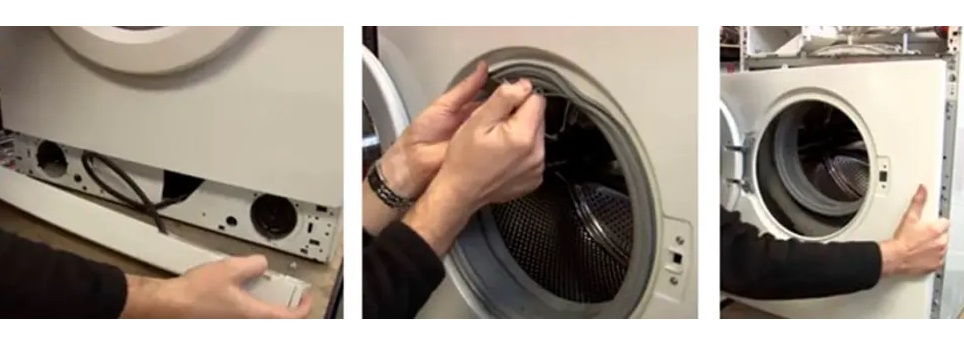
After removing the end, all the “insides” of the machine will open before your eyes. All that remains is to find the pump in the lower part of the body, under the drum. The pump is a metal “washer” with blades mounted on a snail stand. To remove the part completely, just disconnect the connected wiring and pipes, and then unscrew the holding bolt and pull it out of the seat.
Removing the part from dirt
Practice shows that most often the pump is clogged due to a blocked impeller. Hair, lint and threads are constantly wound around it, which makes it difficult for the wheel to move and leads to the mechanism stopping. Therefore, the first step is to clean the pump blades of all adhering debris.
If after cleaning the blades do not rotate more freely, then it is necessary to continue “cleaning” the pump. To do this, unscrew all the screws on the body and disassemble the pump into two parts. Then we clean off all the accumulated dirt from both halves and put it back together. Then we check whether the impeller rotates well.
Some Bosch models are equipped with non-separable pumps that cannot be cleaned or repaired.
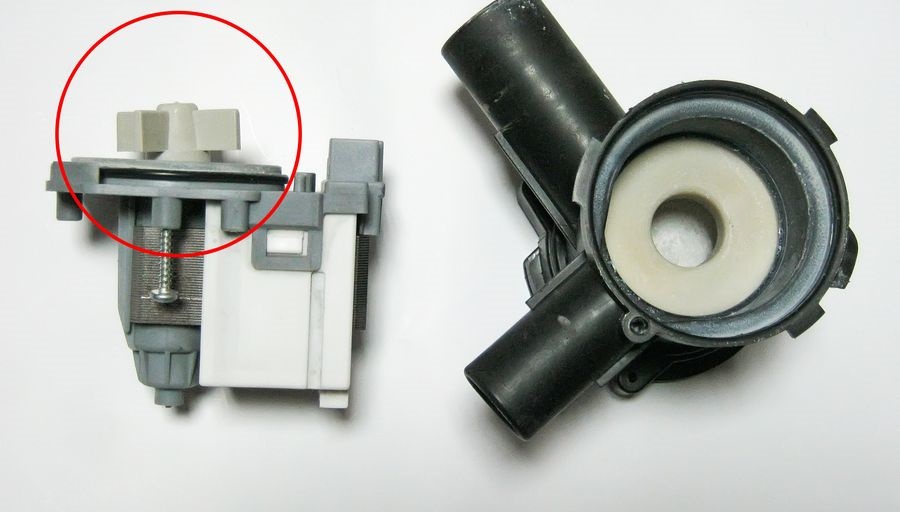
Often the impeller is not blocked, but, on the contrary, falls off the shaft or dangles. In this case, you cannot try to “reanimate” its blades with glue or sealant - this is unreliable and dangerous. It’s better not to risk it and replace the pump completely, especially since the cost of a pump for Bosch washing machines is low.
Don't forget to take care of your machine
 Cleaning the pump can be avoided if you properly care for the equipment. The bulk of the garbage ends up in the washing machine due to the fault of the “owner”, so it is better to reconsider your attitude towards washing. So, the following recommendations will help avoid blockages:
Cleaning the pump can be avoided if you properly care for the equipment. The bulk of the garbage ends up in the washing machine due to the fault of the “owner”, so it is better to reconsider your attitude towards washing. So, the following recommendations will help avoid blockages:
- use detergents marked “for vending machines”;
- remove strong stains on hands;
- wash clothes with decor in special bags;
- organize an incoming filtration system;
- Clean the dust filter regularly.
If you have dogs and cats at home, it is recommended to clean your washing machine every month. In other cases, cleaning once every six months is enough.
Features of the drain
To understand the causes and consequences of blockages, it is recommended to become familiar with the drainage system in vending machines. All washing machines have the same drainage pattern, and Bosch is no exception. Briefly, the process of emptying the tank looks like this:
- the board sends a signal to the pump to start draining;
- the pump starts working;
- the impeller starts, creating the correct flow;
- water from the drum enters the pipes;
- the liquid passes through the filter and moves to the pump;
- the flow enters the hose and goes into the sewer.
As soon as all the water leaves the tank, the pressure switch “sees” the completed drainage and sends a cancellation signal to the board. The pump stops and the cycle ends.
Interesting:
Reader comments
- Share your opinion - leave a comment
Categories
Washing machine repair


For buyers

For users

Dishwasher

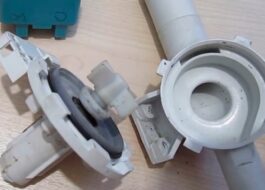
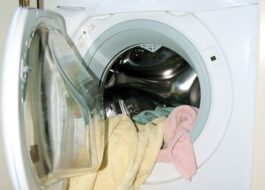

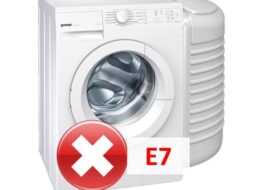

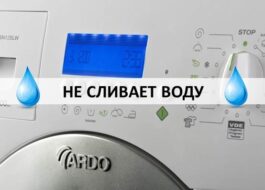










Add a comment